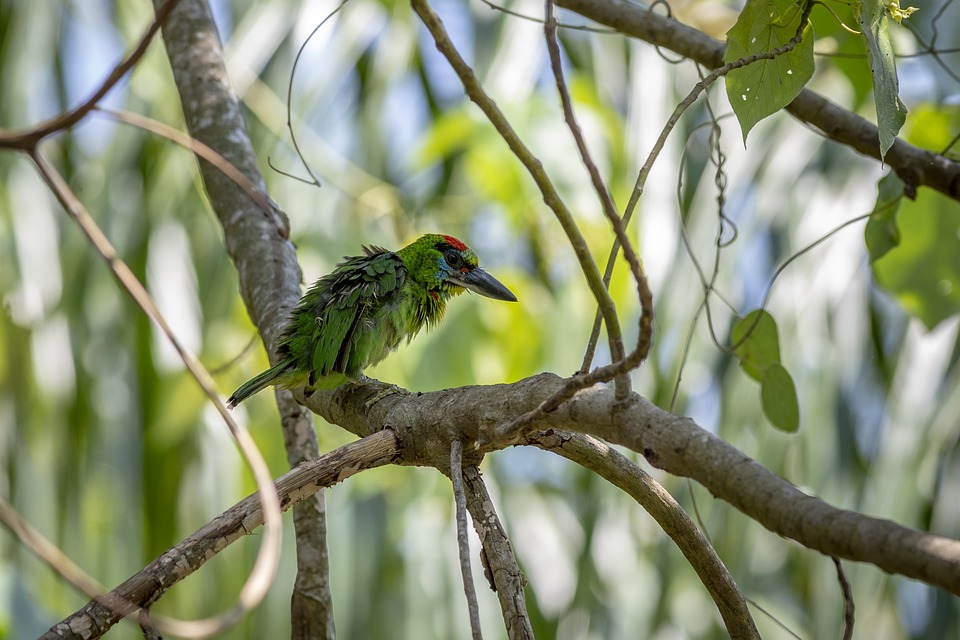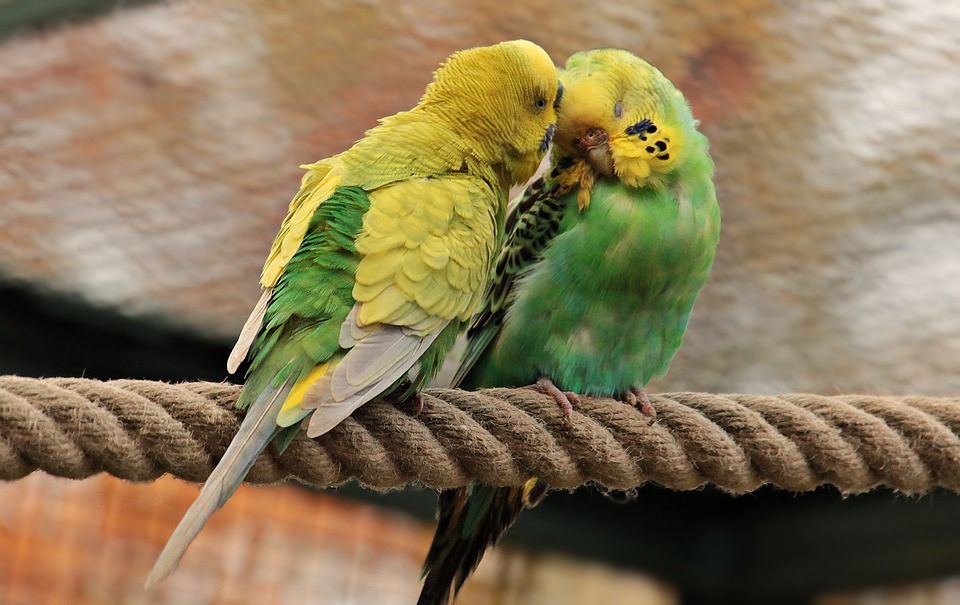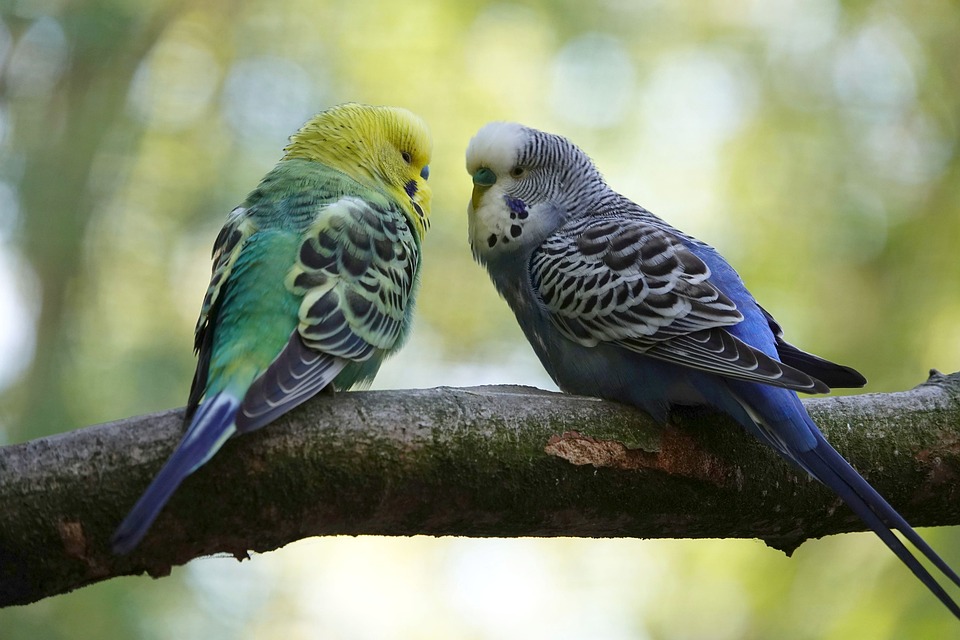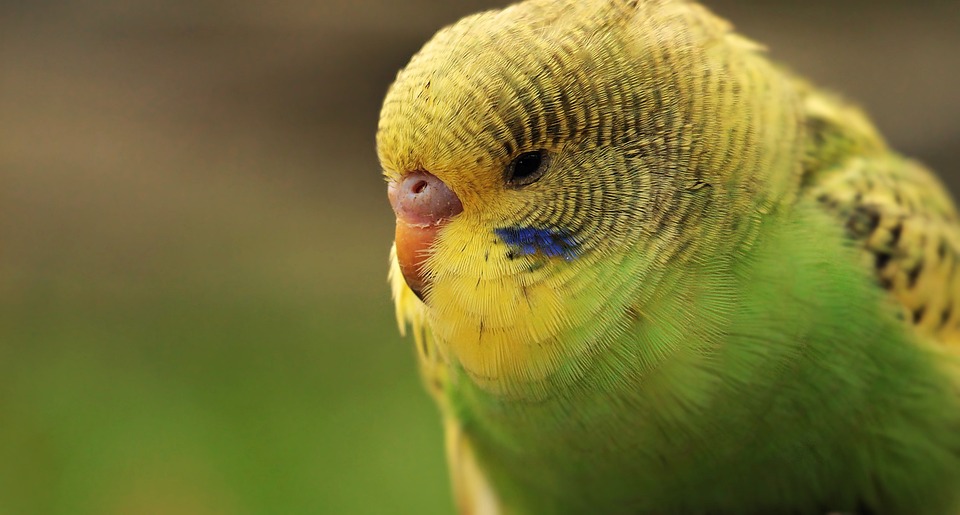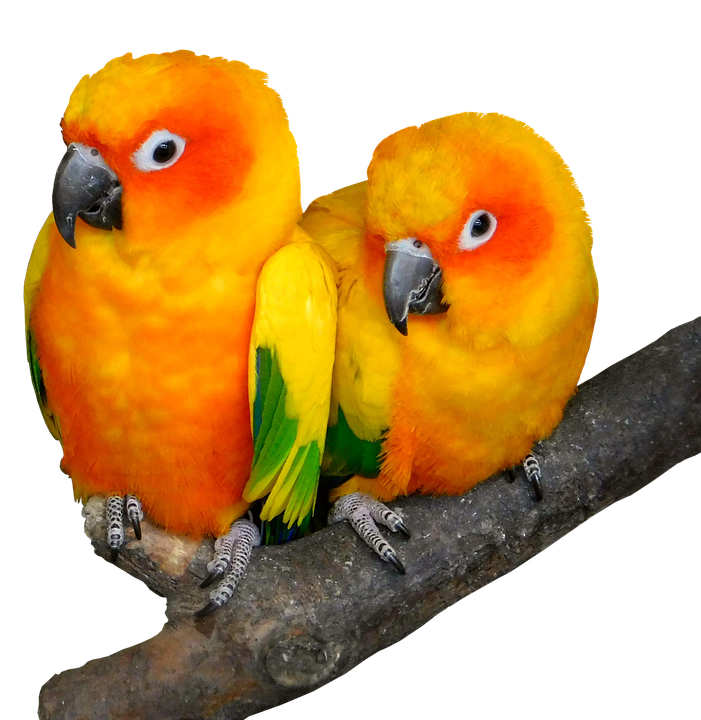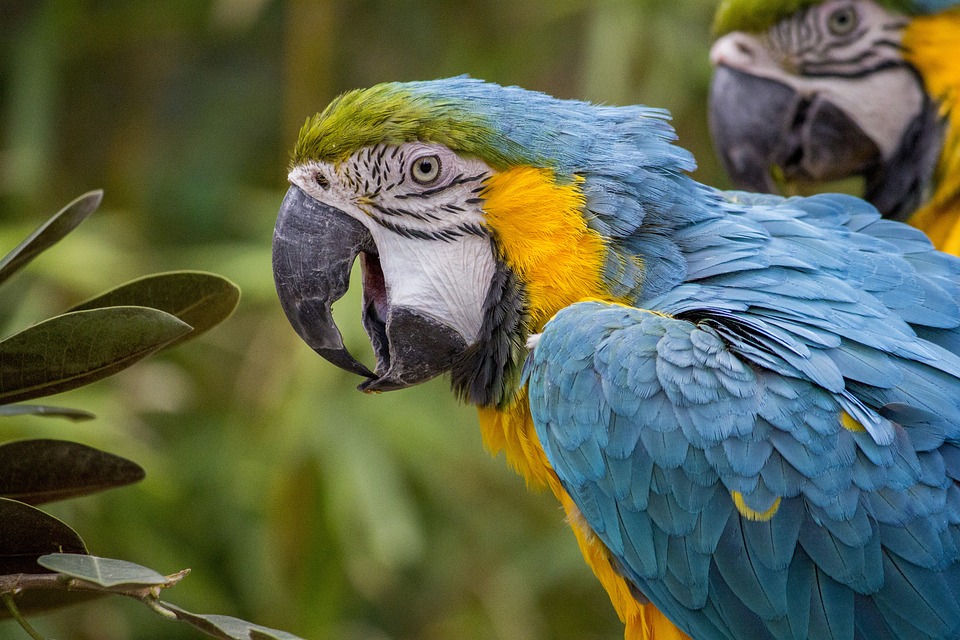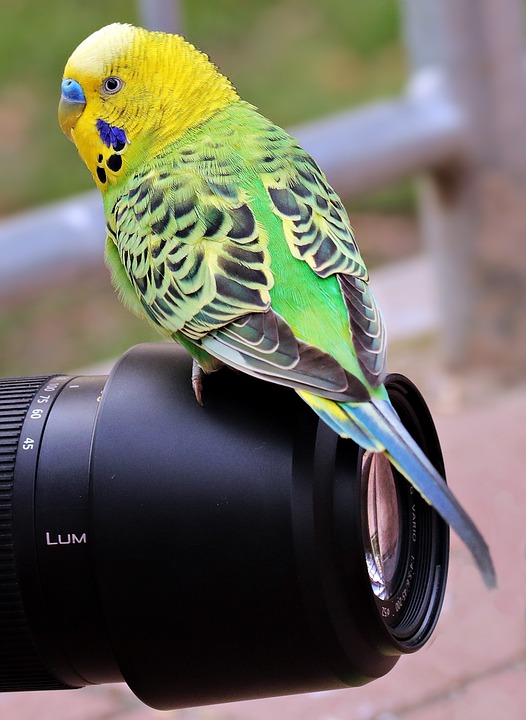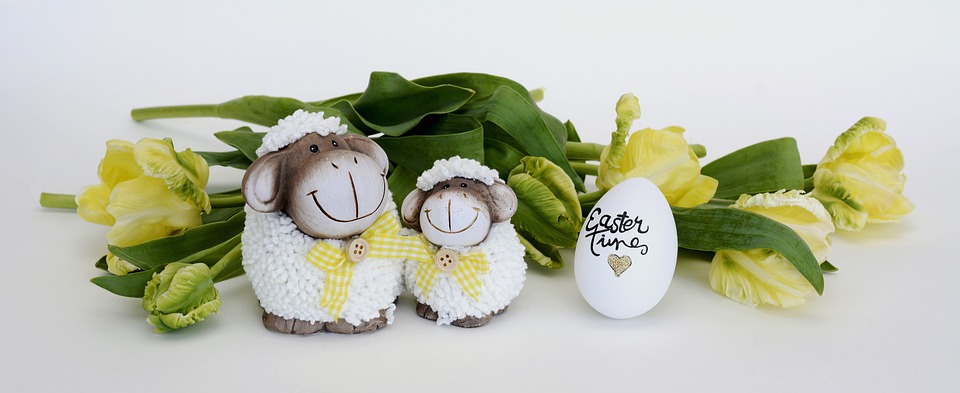Building confidence in shy or timid parrots is crucial for their overall well-being and socialization. Positive reinforcement is a powerful tool that can be used to help these birds overcome their fears and develop a more confident and outgoing personality. In this article, we will explore effective techniques and strategies to use positive reinforcement to build confidence in shy or timid parrots.
Before diving into specific techniques, it is essential to understand the common behaviors exhibited by shy or timid parrots. These behaviors may include feather plucking or self-mutilation, hiding or retreating when approached, avoiding interaction with people or other birds, frequent screaming or vocalization, and fearful body language such as flattened feathers, crouching, and trembling.
Positive reinforcement is a training method that rewards desirable behaviors, encouraging their repetition. By using positive reinforcement techniques, we can help shy or timid parrots associate positive experiences with certain situations, objects, or people, gradually building their confidence. Here are some effective strategies:
1. Identify and Reward Small Achievements: Start by identifying small, achievable tasks or actions that your parrot can accomplish. For instance, rewarding them for stepping onto a perch, approaching a new toy, or staying calm during interactions. Use treats, praise, or favorite toys as rewards immediately after the desired behavior is displayed.
2. Create a Safe Environment: Shy or timid parrots require a safe space to feel secure. Ensure their cage is placed in a quiet area away from excessive noise or foot traffic. Provide hiding spots, such as cardboard boxes or covered perches, within the cage to offer a sense of security.
3. Gradual Exposure and Desensitization: Introduce new stimuli or experiences to your parrot gradually, in a controlled manner. For example, if your parrot is afraid of new toys, start by placing them at a distance and gradually move them closer over time. Reward your parrot for displaying calm behavior in the presence of the feared object.
4. Socialization and Positive Associations: Encourage positive interactions with both humans and other birds. Start with short, supervised sessions and gradually increase the duration. Use treats and praise to reinforce positive behavior during interactions, allowing your parrot to associate socialization with positive experiences.
5. Consistency and Patience: Building confidence in shy or timid parrots takes time and patience. Consistency is key to successful training. Ensure everyone interacting with the parrot follows the same positive reinforcement techniques to avoid confusion.
Here are some frequently asked questions about using positive reinforcement to build confidence in shy or timid parrots:
1. Can positive reinforcement help with severe cases of parrot shyness or timidity?
Positive reinforcement can be effective in most cases, but severe behavioral issues may require professional intervention. Consult a qualified avian behaviorist or veterinarian experienced in parrot behavior for personalized guidance.
2. How long does it take to see improvements in a shy or timid parrot’s confidence?
The timeframe for improvement varies depending on the individual parrot and the severity of their shyness or timidity. Some birds may show progress within a few weeks, while others may require several months of consistent training and reinforcement.
3. Are there any risks associated with positive reinforcement training?
Positive reinforcement training, when implemented correctly, poses minimal risks. However, be cautious of overusing treats, as it may lead to obesity or nutritional imbalances. Consult a veterinarian to ensure a balanced diet and adjust treat quantities accordingly.
4. Can positive reinforcement be used to address other parrot behavioral issues?
Absolutely! Positive reinforcement is a versatile training technique that can be employed to address various behavioral issues, including biting, screaming, and territorial behavior. However, it is crucial to modify the approach based on the specific issue and seek professional advice if needed.
Using positive reinforcement to build confidence in shy or timid parrots is a rewarding journey that requires time, patience, and consistency. By understanding their behavior, creating a safe environment, and employing gradual exposure and socialization, you can help your parrot overcome their fears and become a more confident and sociable companion. Remember, each parrot is unique, so tailor your training approach to their individual needs, and always seek professional guidance when necessary.

